Garage Heaters
Benefits of Garage Heaters
Heat is created by releasing fuel from a propane tank, which is ignited by a pilot flame. The heat is stored in the heat
exchanger until it reaches a set temperature and is finally released through a vent in the device. Propane tank garage
heaters are great for a garage that is used as extra living space and does not contain combustible materials or
hazardous liquids and gases.
Pros
Propane garage heaters are durable and efficient. These fast, self-contained heat sources will continue to run during power outages. They also warm quickly, allowing you to spend more time in your heated garage or shop.
Cons
If a propane garage heater is not vented properly, dangerous fumes can escape into your garage. You must make sure the garage has ventilation, which could bring in a constant cold draft. You will have to take precautions to make sure combustible gases are clear from the heater. A propane garage heater has an open flame and leaves an odor. Propane heaters also kick up dust, which can cause problems depending on the project you’re working on.
Average Costs
The costs depends on current gas prices. You also have to consider the costs of installation and a gas fitter. Garage Heaters are made for residential and commercial purposes:
Residential Garage Heaters
First, think about what your garage is used for and what kind of insulation it currently has. Do you work on vehicles? Do you store paint, fuel or other combustible gases? Is your garage connected to your home? Do you have a ventilation system in your garage? Residential garage heaters come in different models depending on your needs:
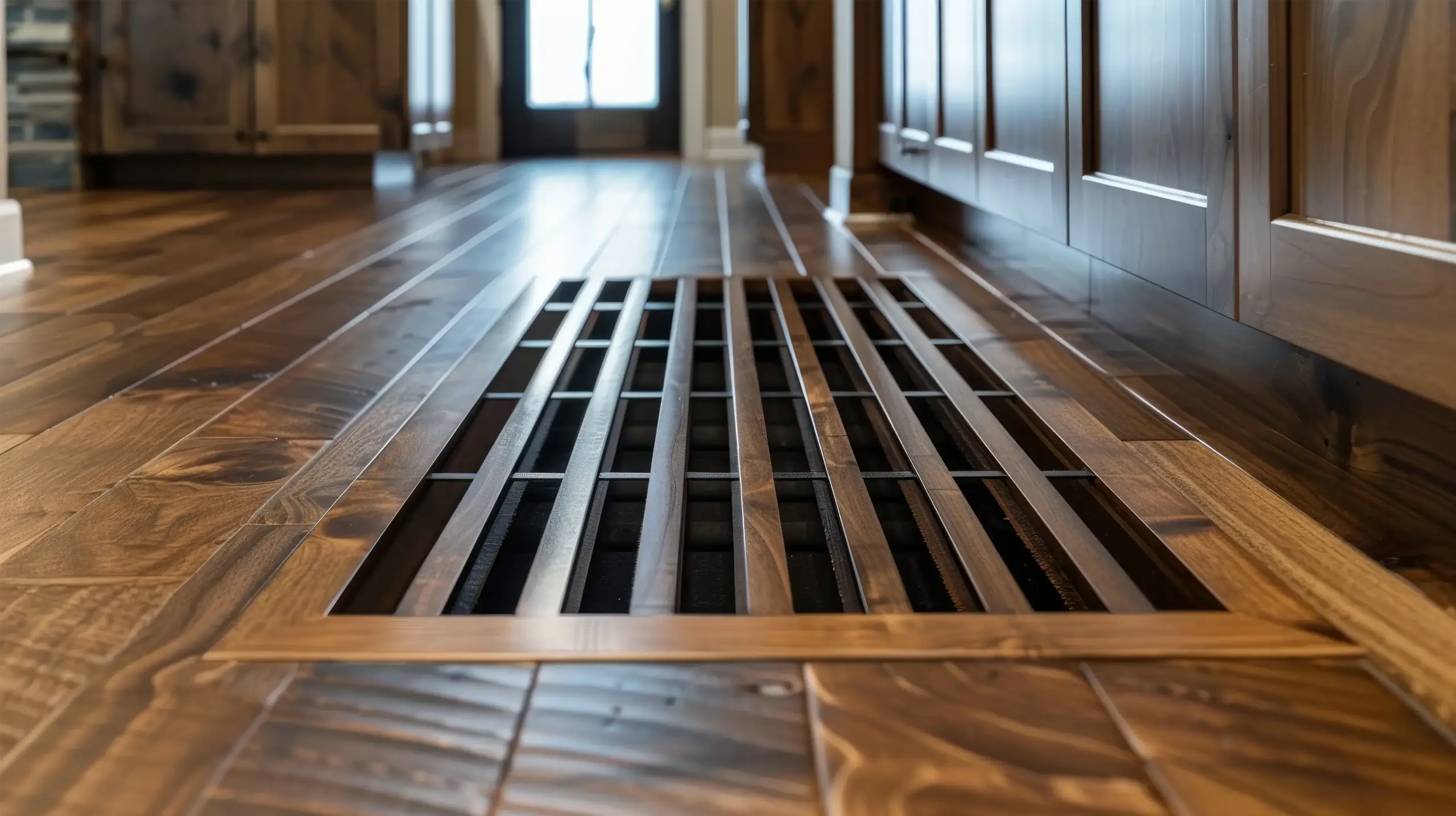
Forced Air Garage Heaters
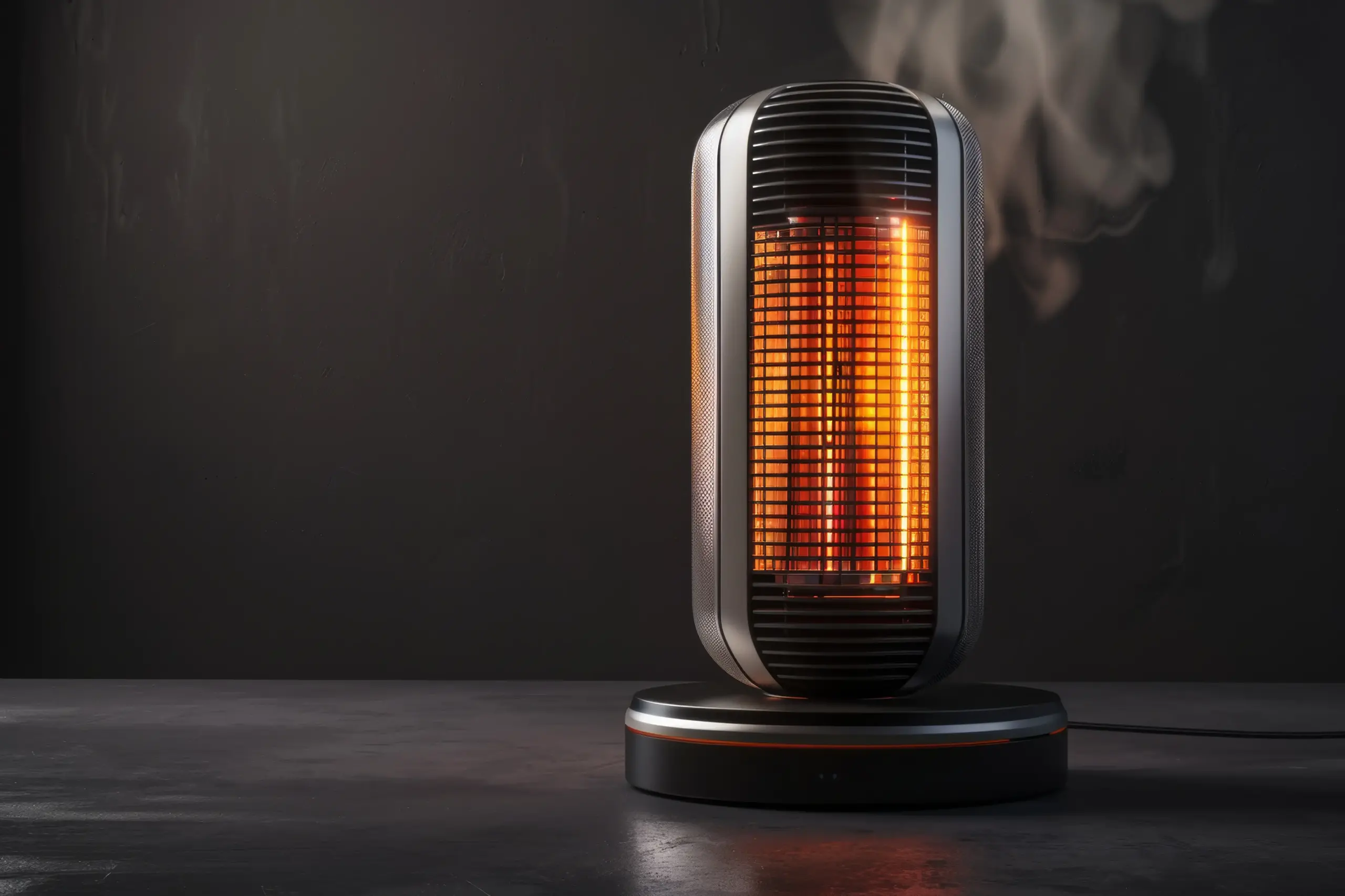
“Low-Intensity” Infrared Heaters
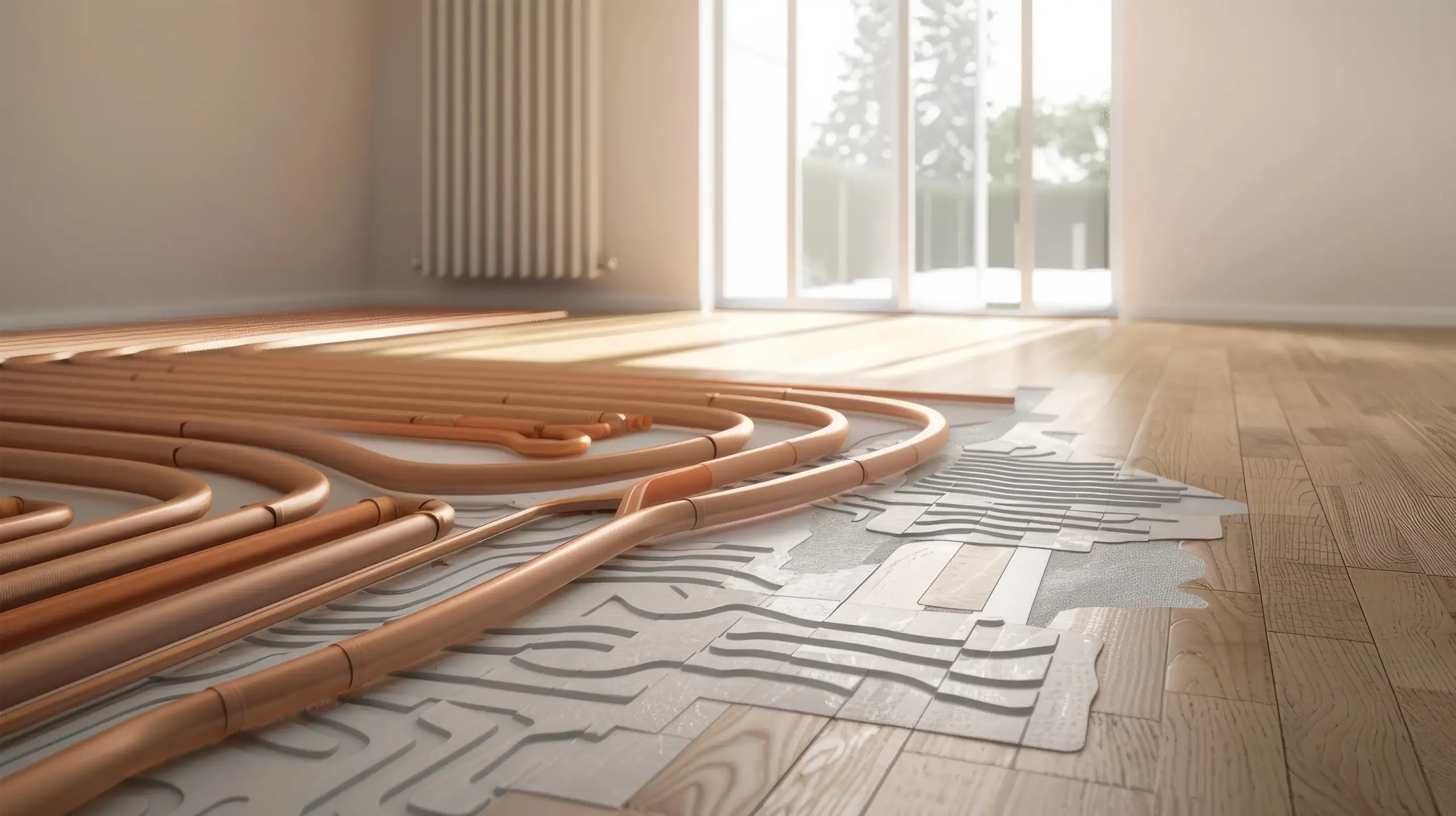
“High-Intensity” Radiant Heaters
All will burn propane gas are available in several sizes, so you can choose the one that best heats your space. Some may require an electrical hook-up and venting to the outside as well.
Residential Garage Heater Options
What is Forced Air Garage Heating? Traditional forced air garage heaters deliver instant heat like a conventional furnace and are designed to solve any outdoor heating needs. A convection garage heater moves air past a heating element warming the air; then the hot air rises away from the heater.
These garage heaters are best for enclosed spaces and are similar to a forced air heating system in a home. They are easy to use and install and are a great way to warm an entire garage.
Installation: Forced-air garage heaters can be placed in a corner, near a gal line and an electrical outlet. How many BTUs (units of energy) you’d need depends on variables such as your garage size, climate zone and preferred temperature settings. However, a basic rule of thumb for forced-air garage heaters is 45,000 BTU to heat a two to two and a half car garage, and 60,000 BTUs for a three-car garage.
Pros:
Less expensive initial cost (50% less than comparable infrared heater)
Cons:
- Noisy
- Loses heat quickly if garage door is opened (longer recovery time)
- Heat rises and stratifies (the air is warmer at ceiling, cooler near floor), but you won’t notice it with a 7- or 8-ft. ceiling
- Air movement tends to blow air-born dust around (woodworkers will have to shut down unit before staining and
finishing projects)
“Low-Intensity” Infrared Tube Heaters
What is Infrared Garage Heating? An infrared heater is simply a hot surface heating appliance which, like the sun, emits radiant (infrared) wave energy to surfaces below. Upon striking surfaces or objects, the energy converts to heat to warm the surrounding air.
Available in many different styles from infrared to tube heaters. As opposed to convection heaters, radiant heaters work well when you’re only looking to heat a specific area as opposed to an enclosed space. If you plan on working on a project in your garage, particularly with wood or paints, an infrared heather may work better because it doesn’t raise dust or keep dust airborne.
A forced-air heater will stir up sawdust, which is certainly a problem with many DIY projects usually carried out in the garage, such as painting, re-upholstery, staining, sawing, etc. However, you won’t feel warm as quickly with an infrared heater because it heats objects first, rather than the air. Yet once your concrete floor warms, you’ll feel more comfortable because the infrared heat provides uniform and consistent heating rather than dissipating the heat associated with blower fan heaters. With forced-air heat, the air is warmer at the ceiling and cooler at your feet. And a forced-air heater will take longer to reheat the space after the garage door has been opened and shut.
Installation: Installation is markedly different too. For safety reasons, it’s advisable that all nearby objects be kept at distance of three to four feet. Infrared heaters must be installed a minimum of 7 ft. above the floor, and must hand down a minimum of 4 in. from the ceiling. It’s critical that you make sure objects are not too close. Most infrared garage heaters are installed at the back of a garage pointed toward the garage door, then aimed downward at a 45-degree angle. They can also be installed between car bays if the garage door opener rail allows and you don’t have tall vehicles such as a truck or SUV.
Pros:
Little noise
No air movement (dust settles)
Lower cost to operate
More uniform heat distribution (no stratification)
Quicker heat recovery if door is opened/closed (floor and objects retain heat)
Cons:
Higher initial cost (50% more than forced-air)
Correct location of heater is critical (minimum 7 ft. from floor, 3 ft. from objects). Adequate headroom is also critical, because you can overheat if you’re working near the unit.
Commercial Garage Heaters
Industrial heaters provide safe, direct heat in drafty commercial environments such as workshops, warehouses, loading docks and construction sites. These heavy-duty heaters deliver up to 5,600 watts of quick, quiet heat and they are equipped for low-temperature operations down to 40 degrees Fahrenheit.
Industrial Grade Materials: Constructed with durable materials such as corrosion-resistant steel, epoxy powder paint, and industrial-grade plugs, these commercial heaters excel in rugged environments while maintaining personal safety with features like overheat protection and UL certifications. Recommended for large spaces and heavy residential use, garage heaters offer portable convenience and keep your garage warm throughout the winter season.
Environmental Conditions to Consider:
- Insulated vs. Non-Insulated Space: An insulated garage or industrial space means the walls and ceiling are insulated, there are quality windows, and a garage door. Non-insulated spaces require more heat, so consider buying a slightly stronger unit if your space isn’t insulated.
- One or Two-Car Garages: Are you heating a one or two-car garage? You’ll need a larger heater to warm an entire garage or industrial space. But if you’re only heating a specific part of your garage, like a work space, then consider a radiant heater that offers directed heat to your location.
- Ceiling Height: Garage and industrial space’s ceilings are generally at least 8 feet. Higher ceilings mean more cubic area in your space and will require more BTUs of power to heat the space.
- Temperature Rise: If you live in a particularly cold part of the country, you’ll need a more powerful heater to warm the same-sized space. Temperature rise is simply the difference between your desired indoor temperature and the outdoor temperature. Look for a heater with enough power to achieve the temperature rise you seek.
Industrial Heaters come in a variety of models depending on your needs:
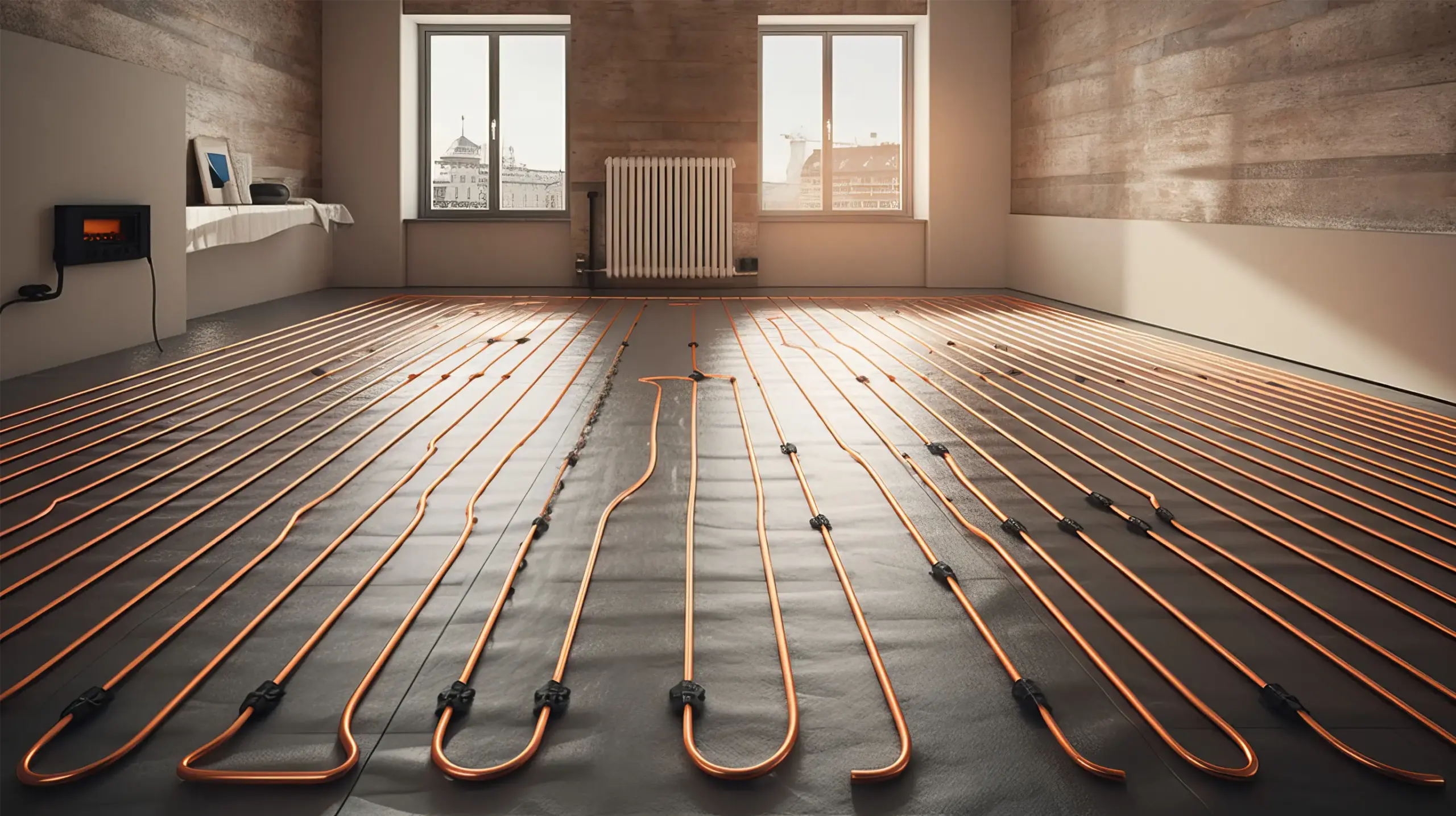
Radiant Heaters

“High-Intensity” Infrared Heaters
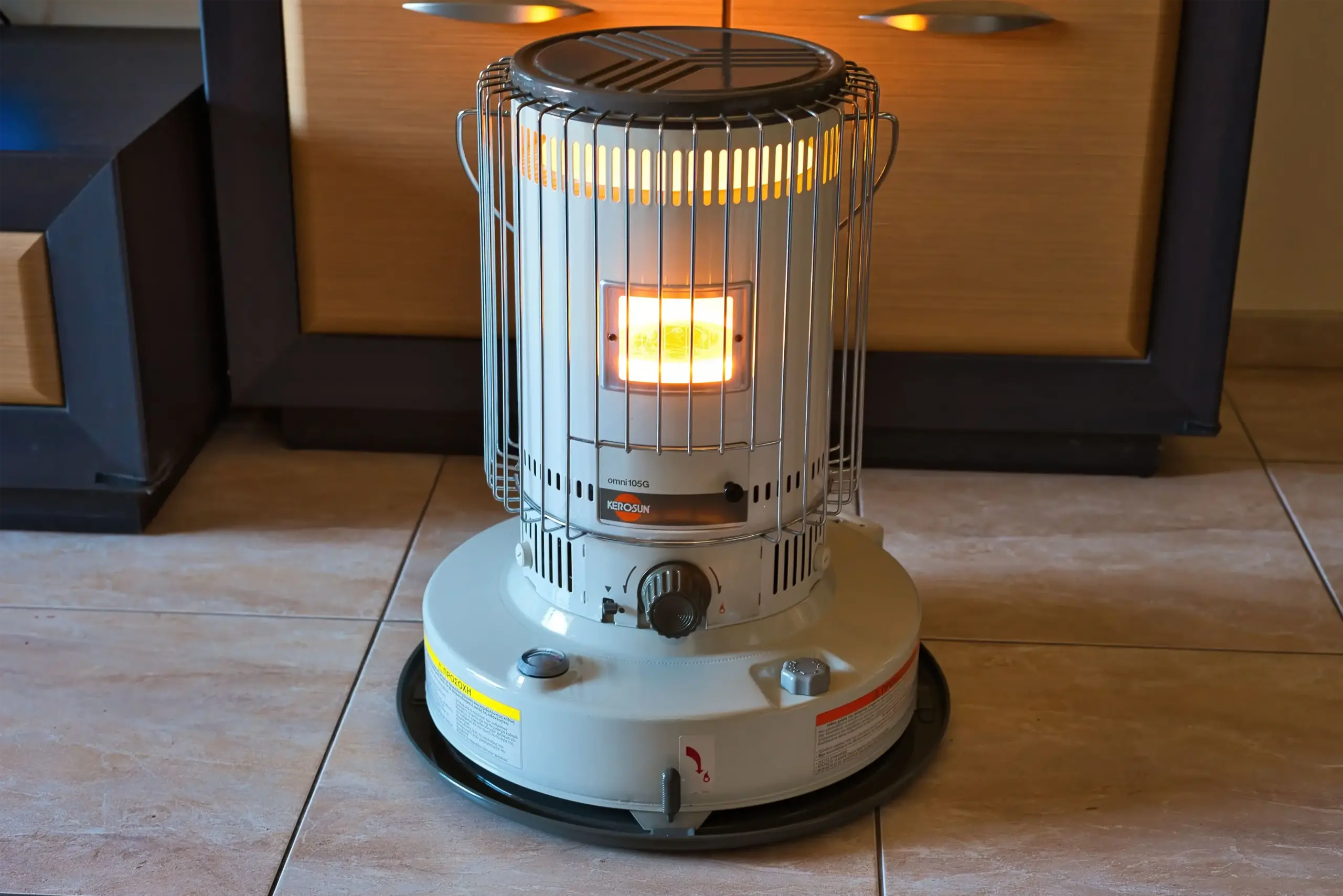
Gas / Diesel / Kerosene Heaters
Industrial / Commercial Garage Heater Options
Radiant Heaters provide simple, spot heating to objects in the room. They work like the sun’s rays – warmth is radiated from the unit to objects or people in its path. You have to be near the heater, so they don’t warm entire garages like most electric heaters. They’re also efficient and heat more quickly than other types of heaters. Like radiant heaters, they’re ideal for people who want to heat specific areas like a work station.
Indoor Radiant Heating
Most people who own radiant floor heating feel that the more important advantages are comfort and quite operation. Radiant floor systems allow even heating throughout the whole floor, not just in localized spots as with wood stoves, hot air systems and other types of radiators. The room heats from the bottom up, warming the feet and body first. Radiant floor heating also eliminates the draft and dust problems associated with forced-air heating systems.
Even heat distribution may result in lower heating bills. With radiant floor heating, you may be able to set the thermostat several degrees lower, relative to the other types of central heating systems. This is because the entire surface of the floor radiates about the same amount of heat that the human body does, making the occupant feel warm even though the air temperature might be only 65 fahrenheit (18 celcius). It also radiates this heat for a long period of time.
Radiant systems may result in less infiltration of outside air into the house compared to houses with forced-air heating. Radiant floor heating proponents claim that fuel savings of 15% to 20% over forced air systems are possible. However, recent reports suggest that this may not be the case, since occupants may not be comfortable with a “low” thermostat setting and thus not set it lower.
Radiant floor heating also allows for lower boiler temperatures, which may result in the boiler lasting longer (a 45 year life is not unusual). Radiant floors operate between 85-140 fahrenheit (29-60 celcus), compared to other hydronic heating systems’ range of 130-160 fahrenheit (54-71 celcius). To some, the greatest advantage of radiant floor heating is aesthetic. The system is invisible. There are no heat registers or radiators to obstruct furniture arrangements and interior design plans. Radiant floor systems also eliminate the fan noise of forced hot air systems.
“High-Intensity” Infrared Heaters
Similar to radiant heaters, infrared wavelength technology provides targeted warmth to your work area. Since they don’t use a fan, they’re known for their silent operation, but can’t disperse warm air throughout your space like a fan-forced electric heater. Infrared and radiant heaters are great options for small areas or spaces where heat can be directed to one location.
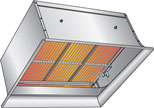
Infrared Space Heaters:
Infrared Space heaters are best applied in buildings with high ceilings and areas where there is a high demand for a heat load, such as loading docks or bay areas

Infrared Patio Heaters:
Patio Heaters are used to provide indoor and outdoor spot heating to applications such as restaurant patios, decks and vestibules

Portable Construction Infrared Heaters:
Portable heaters are generally mounted to a 20 lb., 10-inch base propane tank and are designed for outdoor or inside areas under construction. They are ideal when temporary heat is required or where a permanent energy source is not available
Gas / Diesel / Kerosene Heaters
While not recommended in garages or enclosed areas, gas or diesel heaters are common for industrial applications. These powerful heaters tend to take a little longer to warm up, but can heat your space just as efficiently and effectively as other heater types. Gas heaters are popular for various industrial applications like water damage restoration, new construction drying and warming large unheated job sites.
